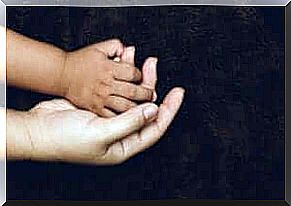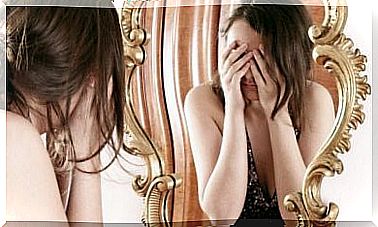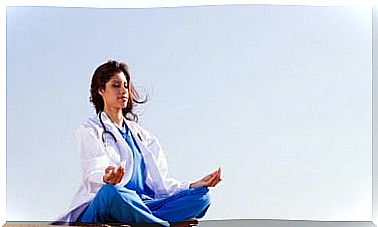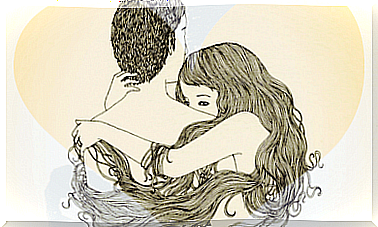Mirror Exposure: What Is The Therapy About?
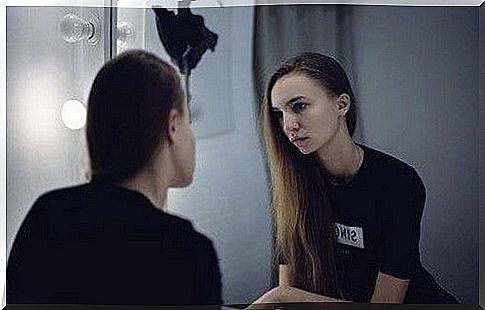
Mirror exposure is a psychological technique for the body and the soul. It helps to treat a negative body image, reduce anxiety and loosen knots that increase depression. In short, it is a highly effective strategy to help you love and unite with person in the mirror. That reflection might scare you.
Many women and men hate what they see in the mirror. It makes them uncomfortable, tense and scared. Some people see fat where there is nothing. Others see wrinkles, ugliness, a body full of flaws. It is a subconscious process in which the mirror becomes an instrument of torture, where its goal is to degrade the person’s self-confidence and identity.
These disorders manifest themselves in pathologies, such as eating disorders and dysmorphophobia (seeing one’s body uglier and worse than it is). Let us explain a significant contrast. On the one hand, a healthy person during mirror exposure will look at his body with acceptance and pride.
On the other hand, people who suffer from these disorders will see themselves as clammy. They will also see bugs that are not there. It leads to extreme discomfort and suffering.
Several studies reveal that mirror exposure can be quite helpful in situations where dissatisfaction with the body is so extreme that the patient ends up hating himself.
Furthermore, it is important to take into account that this form of therapy works best when the patient is also working on the distribution of their emotions and negative thoughts. It is safe to say that these two processes go hand in hand. Let’s elaborate a little more.
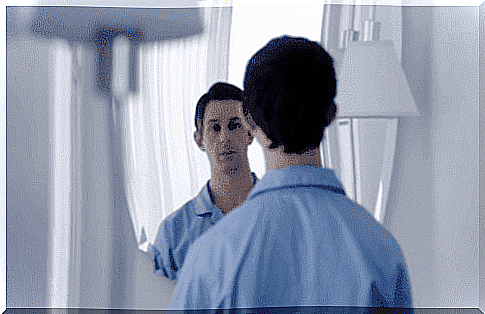
What is mirror exposure?
The therapy form mirror exposure is very effective. However, experts do not fully understand the mechanisms by which the patient ends up accepting his body image. Since no two cases are alike, the therapeutic tools will vary depending on the patient’s needs.
In 2016, the University of Maastricht studied the mechanisms that allowed bulimia, or patients with low physical acceptance, to prepare over a month. An important observation was that working through the patient’s cognitive disorders and emotions played a major role in their recovery.
The Journal of Behavior Therapy and Experimental Psychiatry also published an interesting study from the University of Granada. The researchers scientifically demonstrated how female bulimia patients had lower cortisol levels after mirror exposure.
The three techniques in mirror exposure
Two very specific techniques are often used in this therapy:
- Guided Exhibition: In this case, the psychologist will guide the patient to describe their body while looking at themselves in the mirror. They must do it neutrally and objectively, as if they were in the process of describing a canvas.
- Pure exhibition: The patient must freely and authentically express everything they feel and experience when they see their body. Of course, this technique is quite harsh as the patient will not like what they see. Quite often they will describe themselves as ugly, disgusting and even malformed. However, it is very necessary for the therapeutic process.
Likewise, Griffen, TC, Naumann, E., and Hildebrandt (2018) pointed out that these two techniques are not always effective in every single patient. In cases where none of them work, mirror exposure uses a third technique, which makes things a lot easier:
- Mirror exposure with a positive approach: This tool reduces the person’s ailments (which are very serious in some cases). The therapist guides the patient to point out the areas of their body that they like best. The main rule they should follow is that they should use positive language and not say negative things about their appearance. In case the person can not see anything attractive about their body, the therapist will help and encourage with phrases like “I think you are nice”, “Your skin is smooth” or “You have beautiful hands”.
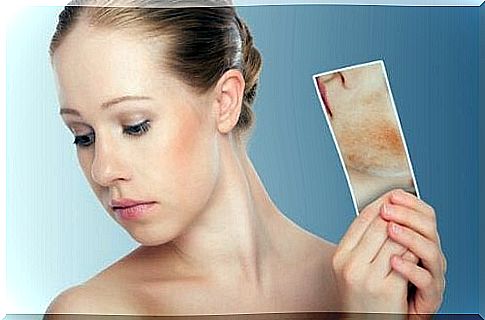
How does the therapy work?
Many people wonder how it is possible for patients to feel better after only six sessions. Patients are clearly less stressed, their self-esteem has increased significantly, and they value themselves much more.
In fact, sooner or later they will completely stop seeing their bodies as ugly or the like. If a patient really shows progress through mirror exposure, then it is for these reasons:
The four pillars of success in therapy
Modification of self-perception: A person with dysmorphophobia or eating disorders connects every situation in their everyday life with their body image. If they make a mistake, someone rejects them, or someone fails them, then they immediately think it is because of their appearance. This therapy helps to remove these interpretations.
Bias: If a patient has a crooked nose, thick ankles, broad shoulders, small breasts or many freckles, they will not be able to focus on physical features other than their “flaws”. With a clinical approach, this bias will disappear.
Reducing fear and anxiety: With mirror exposure, it is possible to reduce a person’s negative emotions by encouraging a positive relationship with the problem: their body.
Cognitive reuse: This strategy allows a patient to stop running their body image through a negative rejection-provoked filter. This pillar allows the individual to gain respect and appreciation from themselves.
This technique can undoubtedly put an end to the physical disturbances of many people. In particular, it can be a great tool for them without having developed an eating disorder that rejects the image the mirror shows.

